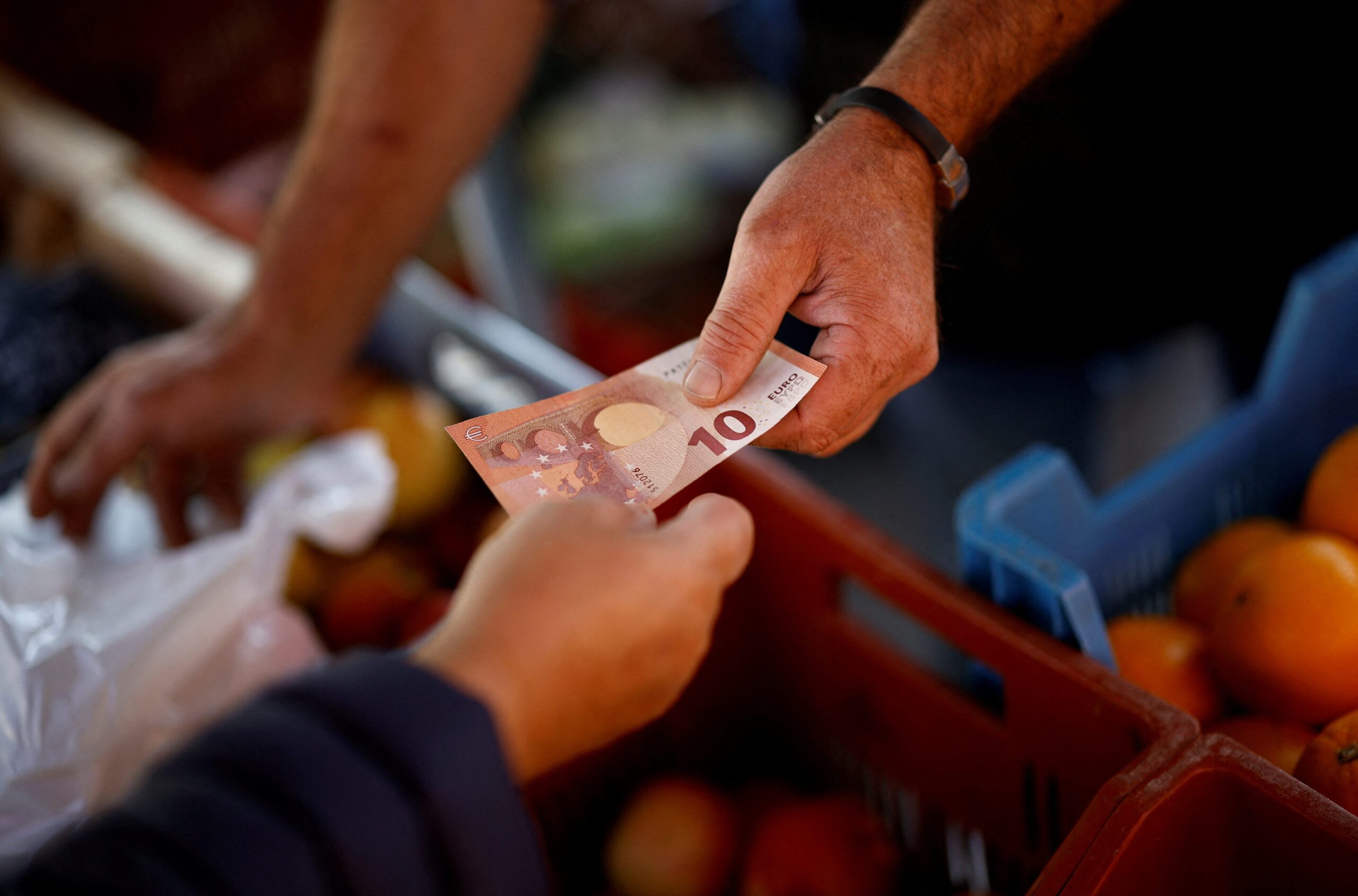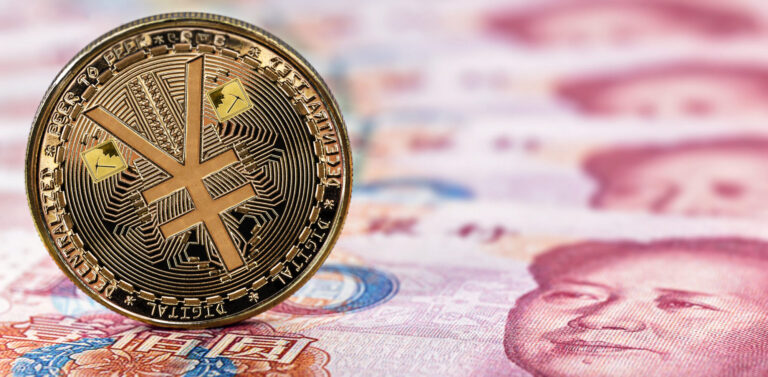
In a significant development for the European economy, inflation in the Eurozone has fallen below the 2% mark for the first time in five years. This milestone marks a dramatic shift after years of rising prices, supply chain disruptions, and the economic impact of the COVID-19 pandemic. The latest data from the European Central Bank (ECB) and Eurostat shows that inflation has slowed to 1.8%, offering a glimmer of hope for consumers, businesses, and policymakers across the region.
This drop in inflation represents a crucial turning point for the European Union’s economic recovery. It signals that the persistent cost-of-living pressures that have plagued households and businesses may finally be easing, but it also raises questions about the broader implications for economic growth and monetary policy in the coming years.
The Decline in Inflation: What’s Behind the Shift?
Inflation in the Eurozone had reached historic highs in recent years, driven by a range of factors, including supply chain bottlenecks, soaring energy prices, and the aftermath of the pandemic. The war in Ukraine, which caused significant disruption to energy markets and food supplies, also played a pivotal role in pushing inflation to uncomfortable levels for both consumers and businesses alike. At its peak, inflation reached over 10%, creating financial strain for households and raising concerns about the region’s economic stability.
The recent decline to below 2% is the result of a combination of factors:
1. Stabilizing Energy Prices: One of the primary drivers behind the recent drop in inflation is the stabilization of energy prices. Throughout 2023 and into 2024, energy prices have moderated following the initial surge triggered by the war in Ukraine. Natural gas prices, in particular, have fallen back to more manageable levels, easing the pressure on both households and businesses that rely heavily on energy for heating, transportation, and production.
2. Improved Supply Chains: Supply chain disruptions that had plagued the global economy for years are now showing signs of resolution. As logistics networks recover, manufacturers are once again able to meet demand in a timely manner, reducing the cost pressures that had been passed onto consumers. This normalization of supply chains has contributed to lower prices for a wide range of goods, from electronics to everyday consumer products.
3. Stronger Currency: The strength of the euro has also played a role in reducing inflation. A stronger currency means that imports from outside the Eurozone become cheaper, which has helped to alleviate some of the cost pressures on goods and services. This is especially important for Europe, which relies on imports for many raw materials and finished products.
4. Lower Food Prices: Food prices, which had soared due to the war in Ukraine and supply shortages, have also started to stabilize. As agricultural production in key regions recovers and supply chains improve, the prices of essential food items have begun to fall. This is a crucial development for consumers, particularly in lower-income households where food accounts for a significant portion of household spending.
The Impact on Consumers and Businesses
For European consumers, the fall in inflation comes as welcome relief. After years of wage stagnation in many parts of the region, the sharp rise in prices for everyday goods and services had left many families struggling to make ends meet. The reduction in inflation provides more purchasing power and reduces the financial burden on households, which could lead to increased consumer confidence and spending.
In particular, the moderation of energy and food prices will be a huge relief. Energy costs have been one of the primary drivers of inflation over the past few years, and as prices return to more manageable levels, Europeans will likely see lower heating and transportation costs. This will be especially beneficial to middle- and lower-income households who were disproportionately affected by rising costs.
For businesses, the drop in inflation also signals an easing of cost pressures, particularly for manufacturers and retailers who have had to contend with rising raw material costs and disruptions in supply chains. Lower inflation could also help alleviate some of the pressure on wages, as employers are no longer forced to pass on escalating costs to consumers in the form of higher prices. However, businesses will also need to navigate the potential risks of economic slowdown, as lower inflation can sometimes signal weaker demand for goods and services.
The Role of the European Central Bank (ECB)
The European Central Bank has long been focused on achieving price stability, and its primary goal has been to maintain inflation rates close to, but just below, 2%. With inflation now at 1.8%, the ECB is likely to be cautiously optimistic about the trajectory of the Eurozone’s economy. This achievement could signal the end of a long period of aggressive monetary tightening and the beginning of a more balanced approach to interest rates.
For much of the past two years, the ECB had been raising interest rates in an attempt to combat inflation, with the benchmark rate reaching its highest levels in over a decade. These rate hikes were designed to cool down the economy by making borrowing more expensive, thus reducing demand and curbing inflationary pressures. However, with inflation now under control, the ECB may have more room to pause or even reverse some of its rate hikes, which could provide a boost to investment and lending.
That said, the ECB will likely take a cautious approach, as inflation remains slightly above its 2% target. The central bank will need to carefully monitor economic growth and inflationary trends in the coming months to ensure that price stability is maintained without triggering an economic slowdown.
What Does This Mean for the Broader European Economy?
While the fall in inflation is a positive development, it is important to note that it comes amid broader uncertainties in the global economy. The war in Ukraine remains unresolved, and there are ongoing risks associated with geopolitical instability, as well as the potential for renewed supply chain disruptions. Additionally, global demand for goods and services may slow as central banks in other regions, such as the United States, continue to tighten monetary policy.
For now, the Eurozone appears to be in a period of cautious recovery, with inflation returning to a more manageable level. However, policymakers will need to remain vigilant to ensure that the recovery remains on track and that the region does not slip back into a cycle of rising prices. Economic growth in the Eurozone has remained relatively stable, but the outlook for the coming years will depend on how well Europe can adapt to both domestic and international challenges.
Looking Ahead
The drop in inflation to below 2% is undoubtedly a positive development for Europe, offering relief to consumers and businesses alike. However, the economic landscape remains complex, and it will be crucial for both the ECB and European governments to continue implementing policies that support sustainable growth, price stability, and economic resilience. If the current trends hold, the Eurozone may have turned a corner in its long recovery from the pandemic, with inflation under control and the foundation laid for future prosperity.







